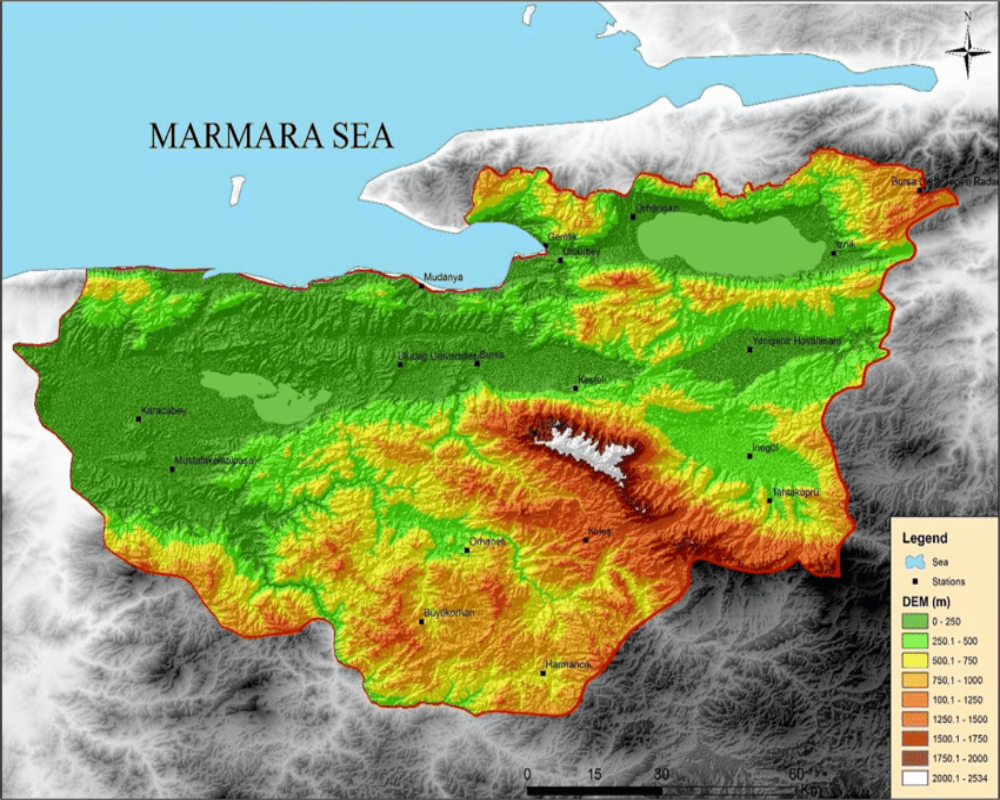Introduction to Usable Land Area After Slope Analysis
In land development and site planning, slope analysis is a critical process that determines how much of a parcel is suitable—or “usable”—for construction and other purposes. Steep slopes can limit buildable space due to instability, erosion risks, and accessibility challenges. Slope analysis involves studying the gradient, or steepness, of the land to classify areas into categories such as flat, moderate, and steep slopes. Based on these classifications, planners can determine which parts of the land can safely support buildings, roads, utilities, and landscaping. Understanding usable land area after slope analysis is essential for optimizing site layout, minimizing construction costs, and reducing environmental impacts.
1. Slope Classification and Measurement
The first step in determining usable land area is measuring the slope gradient, typically expressed as a percentage or degree. Slopes under 10% are generally considered highly usable, while those between 10% and 20% may require moderate grading. Slopes above 30% are often deemed unsuitable for most development. Accurate slope classification using topographic surveys or digital elevation models is essential for reliable land use planning.
2. Flat Land as High-Value Usable Area
Areas with minimal slope (0%–5%) are the most desirable for development. They allow for easier construction, lower foundation costs, and better access for roads and utilities. These flat zones often become the core areas for buildings, parking lots, and open spaces due to their high usability.
3. Moderately Sloped Land and Site Adaptation
Land with a moderate slope (6%–15%) can still be usable but may require adaptive planning techniques such as terracing, stepped foundations, or retaining walls. While not as ideal as flat terrain, these areas are often used for landscaping, light structures, or recreational features when designed properly.
4. Limitations of Steep Slopes
Slopes exceeding 15%–20% typically present significant challenges. They may be prone to landslides, erosion, and construction difficulties. These areas are often excluded from usable land calculations or designated as conservation zones, buffers, or open space to maintain natural stability.
5. Geotechnical Stability Considerations
Slope analysis is closely tied to soil stability and geological conditions. Areas with loose, erodible, or water-saturated soils may not be usable, even if the slope is relatively gentle. Geotechnical evaluations help refine slope analysis results by determining the safety of building on various gradients.
6. Accessibility and Infrastructure Layout
Usable land must also be easily accessible. Steep slopes can hinder the construction of roads, driveways, and utility lines. Usable area calculations take into account the feasibility of extending infrastructure without excessive cut-and-fill or switchbacks, which increase cost and complexity.
7. Drainage and Stormwater Management
Slopes significantly affect water runoff patterns. Areas with good drainage potential are more usable, whereas depressions or steep slopes with poor runoff control may lead to erosion and water damage. Proper grading and drainage planning ensure that usable land remains functional after development.
8. Environmental Preservation Zones
Environmental considerations may reduce usable land area. Protected vegetation, water bodies, and habitats on sloped terrain might be legally or ethically excluded from development. Even moderately sloped areas can be classified as unusable if they have ecological significance.
9. Grading Potential and Land Modification
Some sloped areas may be made usable through grading or earthworks. However, the cost, environmental impact, and regulatory limitations of regrading must be considered. In slope analysis, land that can be economically modified is sometimes included as “conditionally usable.”
10. Integration Into Site Design
Finally, slope analysis results guide the overall layout of a site. Usable land areas are prioritized for buildings and key infrastructure, while steeper or unstable areas are integrated into landscaping, stormwater management zones, or preserved as natural terrain. This strategic integration maximizes land value while minimizing risks.
Conclusion
Usable land area after slope analysis represents the portions of a site that are safe, accessible, and economically feasible for development. Through careful classification of slope gradients, evaluation of soil stability, and consideration of environmental and engineering factors, planners can identify the best areas to build. By distinguishing between fully usable, conditionally usable, and non-usable land, developers can design efficient, sustainable, and cost-effective projects. Slope analysis is not just a technical exercise—it is a foundation for smart, resilient land use planning.


